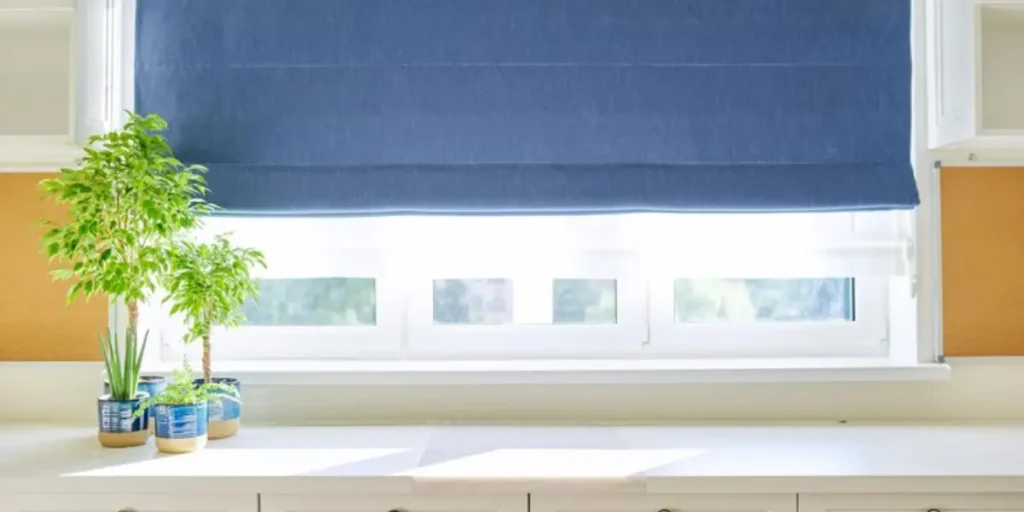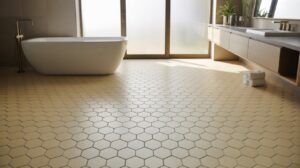When it comes to designing your kitchen or bar area, even the smallest details can make a significant difference. One such detail that often goes unnoticed but plays a crucial role in both aesthetics and functionality is the countertop overhang. In this blog post, we’ll explore everything you need to know about overhang countertop for seating, including standard measurements, modern design trends, and practical considerations for your space.
At SF Marble And Granite Inc, we understand the importance of quality craftsmanship and attention to detail in every project. With years of experience in the industry, our team is dedicated to helping you achieve the perfect countertops installation that not only enhances the beauty of your space but also meets your practical needs. Whether you’re looking to create a cozy seating area in your kitchen or a stylish bar top for entertaining guests, we’re here to provide expert guidance and superior products tailored to your specifications.
Understanding Countertop Overhang

It is a crucial aspect of kitchen and bar design, influencing both aesthetics and functionality. It refers to the extension of the countertop beyond the base cabinets or supporting structure. This overhang serves multiple purposes, including providing adequate legroom for seating and protecting cabinets from spills and splashes. By understanding the principles of an overhang countertop, you can make informed decisions to create a space that is not only visually appealing but also practical and comfortable for everyday use.
Standard Countertop Overhang Measurements
When it comes to standard countertop overhang measurements, there are typical ranges that are commonly used in kitchen and bar designs. Generally, standard countertop falls within the range of 1 to 1/2 countertop overhang inches for regular countertops. However, for areas designated for seating, such as bar stools or dining areas, a deeper overhang of around 10 to 12 inches is often recommended. These measurements ensure sufficient space for comfortable seating while maintaining structural integrity and visual balance in your space. Understanding these standard measurements is essential for achieving a harmonious and functional kitchen or bar design.
Island Overhang for Seating: Bar Stools and Comfortable Dining

When considering the island overhang for seating, particularly for bar stools and dining areas, it’s crucial to ensure sufficient space for comfortable dining experiences. Bar stools typically require a deeper overhang, ranging from 10 to 12 inches, to accommodate legroom and provide comfortable seating. This ample overhang allows individuals to sit comfortably without feeling cramped or restricted. By incorporating the right overhang measurements, you can create inviting and functional spaces where guests can enjoy meals and gatherings with ease.
Countertop Overhang for Kitchen Islands and Bars
In kitchen design, an overhang countertop plays a vital role in both aesthetics and functionality, especially for kitchen and bars. The ideal countertop overhang for these areas typically ranges from 12 to 15 inches. This generous overhang provides ample space for comfortable seating without compromising on structural integrity. Whether you’re enjoying a casual breakfast at the kitchen island or hosting friends at the bar, the right overhang countertop ensures a seamless and enjoyable experience for everyone.
Modern Countertop Overhang: Designs and Trends
In contemporary kitchen design, countertop has evolved beyond its purely functional role to become a statement of style and innovation. Modern trends embrace sleek and minimalist designs, often featuring asymmetrical overhangs or waterfall edges. These design elements create a sense of fluidity and sophistication, elevating the overall aesthetic of the space. By incorporating modern countertop overhang designs, you can achieve a timeless yet cutting-edge look that seamlessly integrates into your kitchen or bar area.
Extra Support and Protecting Cabinets
When considering countertop, it’s essential to address the need for extra support, especially for larger overhangs. Installing corbels or brackets can provide the necessary reinforcement to prevent sagging or damage to the cabinets below. Additionally, it serves as a barrier, protecting cabinets from spills and splashes during everyday use. By ensuring adequate support and taking steps to protect your cabinets, you can maintain the integrity and longevity of your kitchen or bar design.
Conclusion
Understanding overhang is crucial for effective kitchen and bar design. By considering standard measurements and design aesthetics, you can create a functional and visually appealing space.
Contact SF Marble And Granite Inc
For expert assistance, contact us at sfmarbleandgranite@gmail.com or 978-459-5822. Visit us at 755 Dutton St. Lowell, MA 01851 for quality craftsmanship.
FAQs
How much overhang is standard for countertops?
The standard overhang for countertops typically falls within the range of 1 to 1.5 inches. This measurement ensures a balance between aesthetics and functionality, providing adequate space while maintaining structural integrity.
How much overhang for countertop seating?
The minimum countertop overhang required for seating is generally around 10 to 12 inches. This provides enough space for comfortable seating without compromising on stability or safety.
How much overhang for the countertop bar?
The ideal overhang for a countertop bar typically ranges from 10 to 12 inches. This provides ample space for comfortable seating and allows for practical functionality in your bar area.
How much overhang for a kitchen island without support?
For a kitchen island without support, the recommended overhang typically ranges from 12 to 15 inches. This allows for comfortable seating without the need for additional support brackets.
How much overhang for the countertop island?
The ideal overhang for a countertop island varies based on design preferences and practical considerations. Generally, a countertop island may have an overhang ranging from 12 to 15 inches to accommodate comfortable seating and ensure structural stability.








